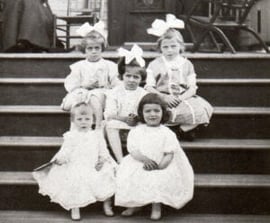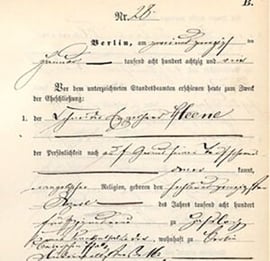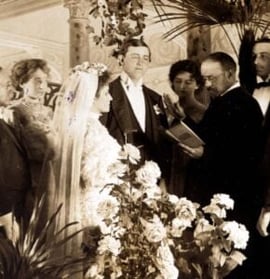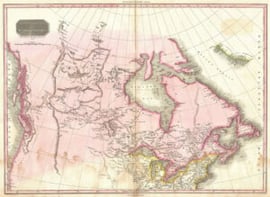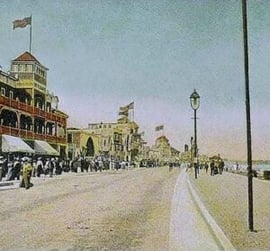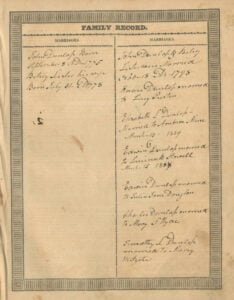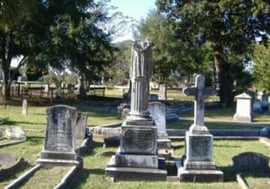On November 2, 2022, my husband and I welcomed our first child: a son, named Jack..
Continue readingFor many years, I have advocated backing up one’s work using an external hard drive. In fact, I have been using a portable external hard drive for years, purchasing a new one only when I needed more space—I have many of images of documents stored, relating both to my..
Continue reading →Did you know that, at least as of 2021, there were more than..
Continue reading →Genealogical clusters develop when offspring of families marry spouses who are related to them by blood, marriage, social position, or wealth—often continuing for generations of marriages.
I have written about clusters before , I often uncover them while researching..
Continue reading →For a country which gained its independence from the United Kingdom just 155 years ago, Canada has gone through a significant number of changes to its internal structure and boundaries. The..
Continue reading →In a recent post I examined the curious case of young “lodger” George Stepper, who was enumerated in the 1920 census in the home of Joshua and Mary (Craven) Harron in Revere, Massachusetts. As I..
Continue reading →We frequently encounter “lodgers” or “boarders” living with our ancestral relations in 20-century U.S. census records. If you’re like me, you probably don’t pay much attention to them. However, as I..
Continue reading →There are no right answers here, but my choice for the greatest Christmas movie of all-time is A Christmas Story. You can’t convince me otherwise. I love it so much that I bought a leg lamp for our front..
Continue reading →Discovering the existence of a family bible can be one of the most thrilling revelations in family history research. Original..
Continue reading →Gravestones have long served as the cornerstone of genealogical research. While the words they bear can be crucial sources of information about our ancestors,..
Continue reading →